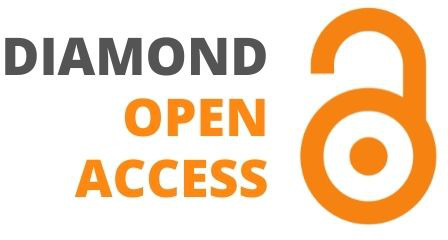Journal of Information Technology in Construction
ITcon Vol. 12, pg. 221-230, http://www.itcon.org/2007/15
The necessary background for implementing and managing building design processes using web environments
| submitted: | December 2005 | |
| revised: | August 2006 | |
| published: | March 2007 | |
| editor(s): | Serpell A and Barai S V | |
| authors: | Sergio Scheer, Prof. Dr. Graduate Program of Construction Engineering and Civil Engineering Research Centre Federal University of Paraná email: scheer@ufpr.br http://www.cesec.ufpr.br/~scheer Ricardo Mendes Junior, Prof. Dr. Graduate Program of Construction Engineering and Civil Engineering Research Centre Federal University of Paraná email: mendesjr@ufpr.br http://www.cesec.ufpr.br/~mendesjr José R. S. Quevedo, Civil Engineer Graduate Program of Construction Engineering, Federal University of Paraná email: quevedo@xmail.com.br Jorge Mikaldo Jr, Civil Engineer Graduate Program of Construction Engineering, Federal University of Paraná email: jorge@jsengenharia.com.br Paulo S. Fontoura, Civil Engineer Graduate Program of Construction Engineering, Federal University of Paraná email: paulo.fontoura@copel.com | |
| summary: | Presented here are some case study results from an enterprise management project conducted during a building design and construction process, using a web based environment for project management. It is important to note that the professionals involved had not used any project extranet before and the building design and construction process evolved using such a tool with the simultaneous management of the information flow between the owner and several contracted professionals such as structures, foundations, and facilities design professionals, construction contractors and consultants. In order to establish the process the first steps described dealt with the motivation and training of coordination and design team members. The whole process was managed using the same web collaborative project management system developed by the research group. The use of this web environment intended to facilitate the communication of the technical teams, improving the flow of information among them with the optimization of the entire project development. The management planning tasks involved the development of action and communication plans. These action plans were very helpful in defining task workflows and schedules, timing for hiring teams, team members training, certification and responsibilities. Moreover, they were crucial to the final process of matching the several design disciplines, like architecture, structures, foundations, and facilities designs in order to minimize interferences and improve the harmonization of the whole building design. The communication plan proved to be very important in maintaining the project teams dynamics as a whole, and the flow of information for the entire process. A critical review of the system performance is presented here, including the benefits and shortcomings observed during the information and communication flows, in the management project carried out. | |
| keywords: | building design harmonization, extranet, enterprise project management. | |
| full text: | (PDF file, 0.083 MB) | |
| citation: | Scheer S, Mendes Jr R, Quevedo J R S, Mikaldo Jr J, Fontoura P S (2007). The necessary background for implementing and managing building design processes using web environments, ITcon Vol. 12, Special issue Construction information technology in emerging economies, pg. 221-230, https://www.itcon.org/2007/15 |





